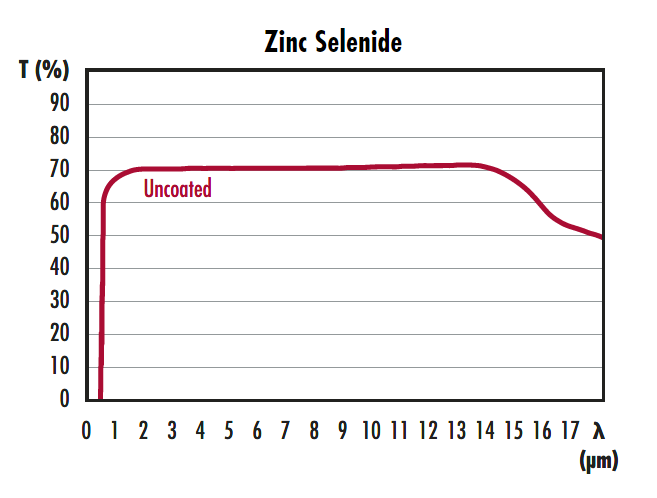
ISP Optics Infrared (IR) Diffusers are useful for creating even intensity distribution of broadband IR light sources. These ground diffusers are polished on one side and sandblasted on the other side to produce a rough surface that will scatter light. These diffusers are available with either calcium fluoride (CaF2) or Zinc Selenide (ZnSe) substrates. The CaF2 substrate has a transmission range from 0.3 to 8.0 microns and the ZnSe substrate has transmission range from 0.6 to 12.0 microns. ISP Optics Infrared (IR) Diffusers are ideal for a variety of applications including FTIR systems, laser calibration systems, and illuminator diffusion.

These optics require special handling to avoid damage and ensure long-term performance. Proper handling, cleaning, and storage are essential to maintain optical quality. Explore our Optics Cleaning Resources for step-by-step guides and best practices. For personalized assistance, Email us or Chat with our technical support team.
Edmund Optics offers comprehensive custom manufacturing services for optical and imaging components tailored to your specific application requirements. Whether in the prototyping phase or preparing for full-scale production, we provide flexible solutions to meet your needs. Our experienced engineers are here to assist—from concept to completion.
Our capabilities include:
Learn more about our custom manufacturing capabilities or submit an inquiry here.
or view regional numbers
QUOTE TOOL
enter stock numbers to begin
Copyright 2024, Edmund Optics Singapore Pte. Ltd, 18 Woodlands Loop #04-00, Singapore 738100
California Consumer Privacy Acts (CCPA): Do Not Sell or Share My Personal Information
California Transparency in Supply Chains Act
The FUTURE Depends On Optics®